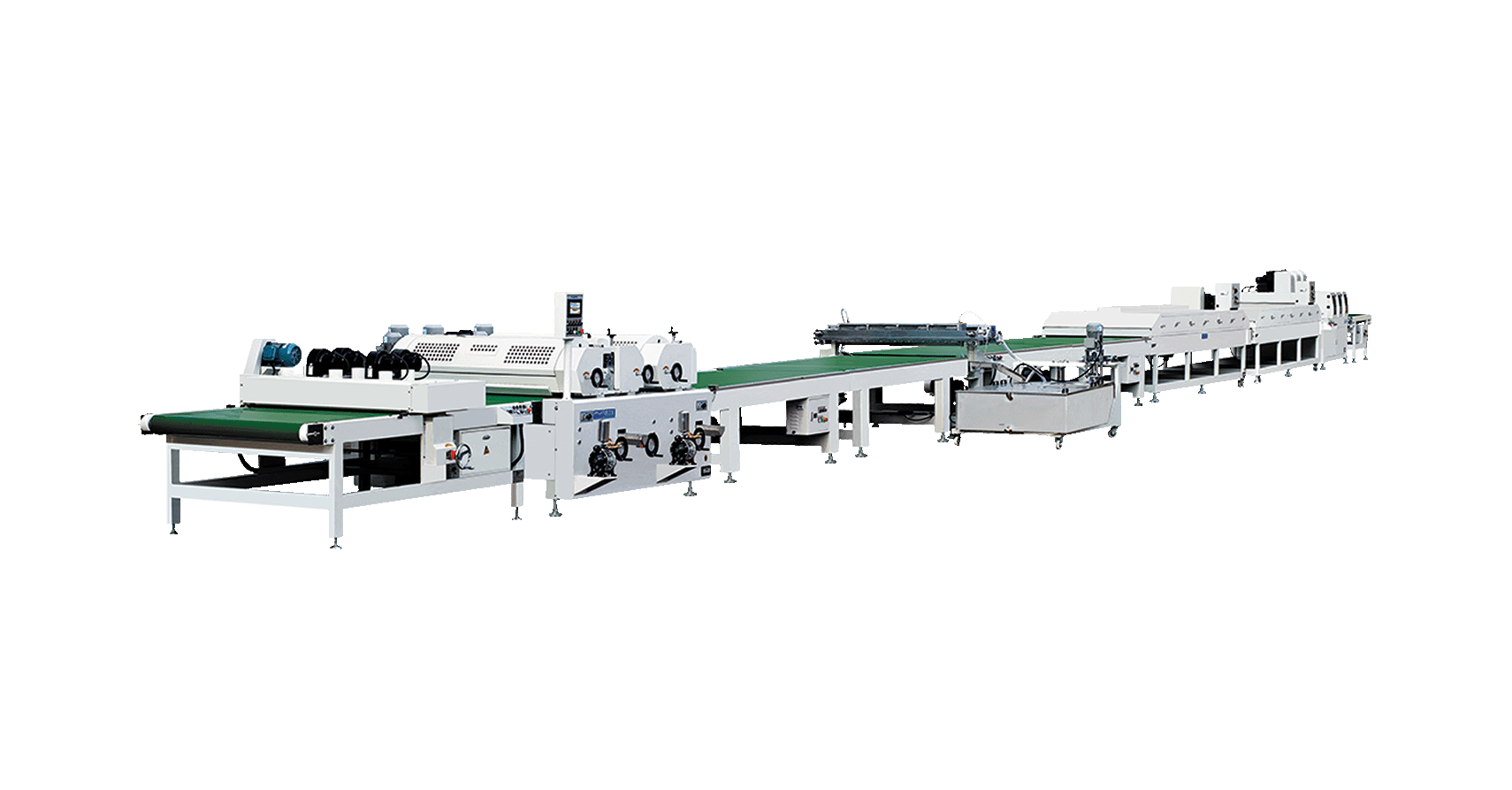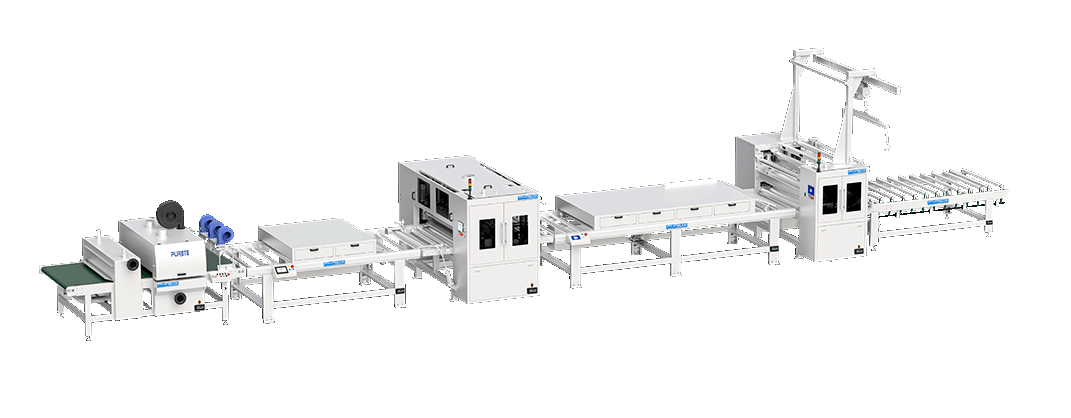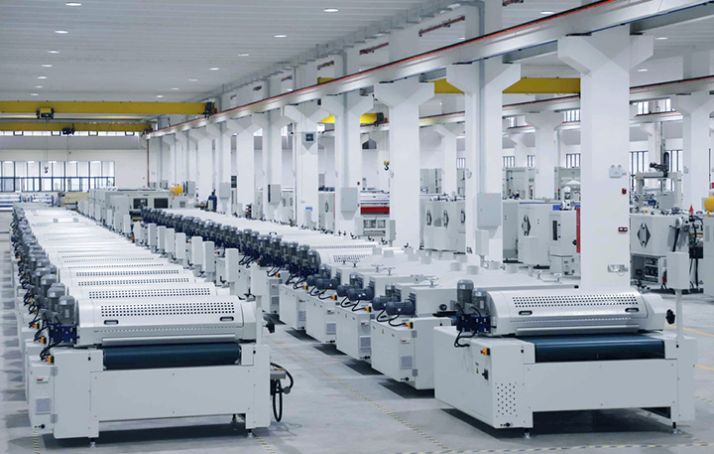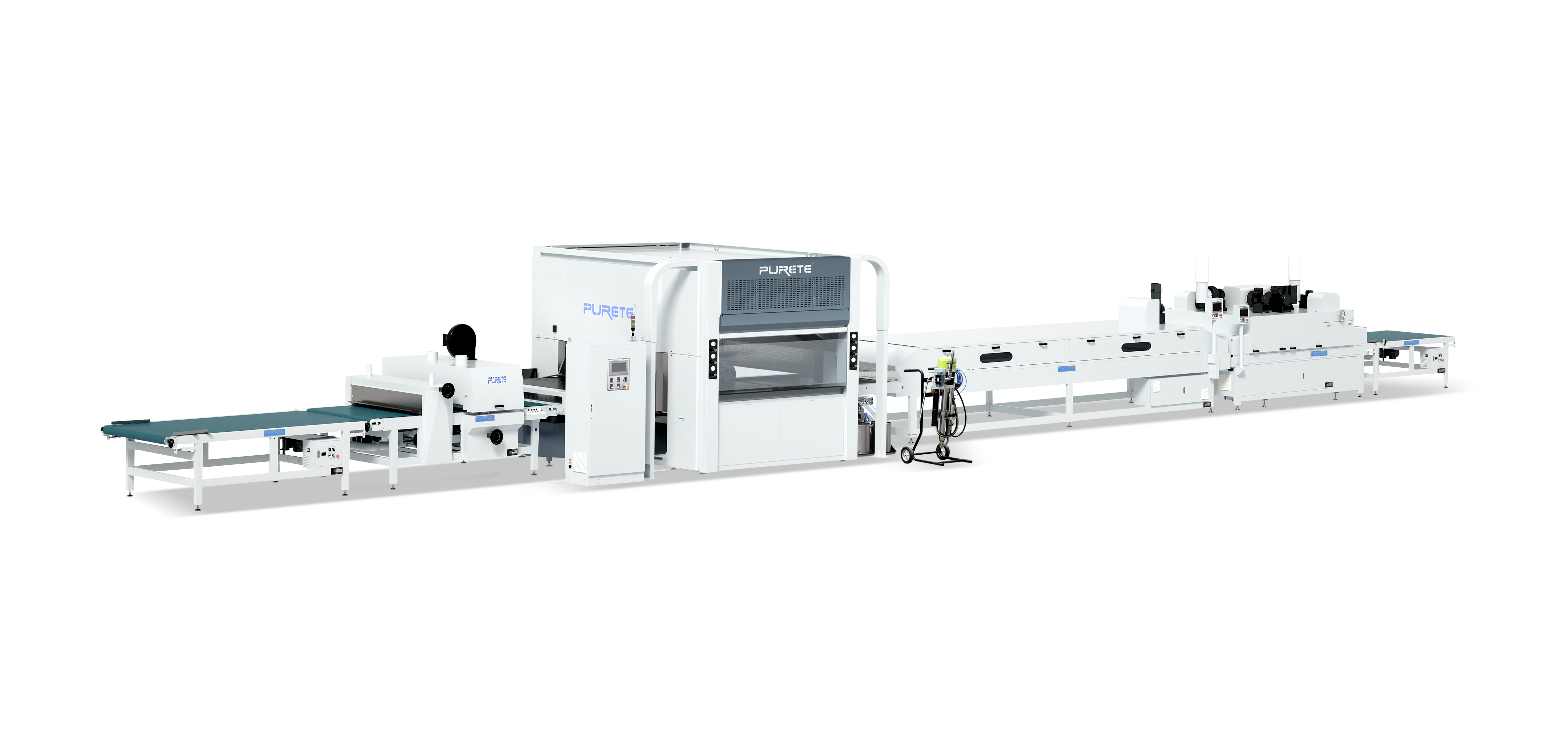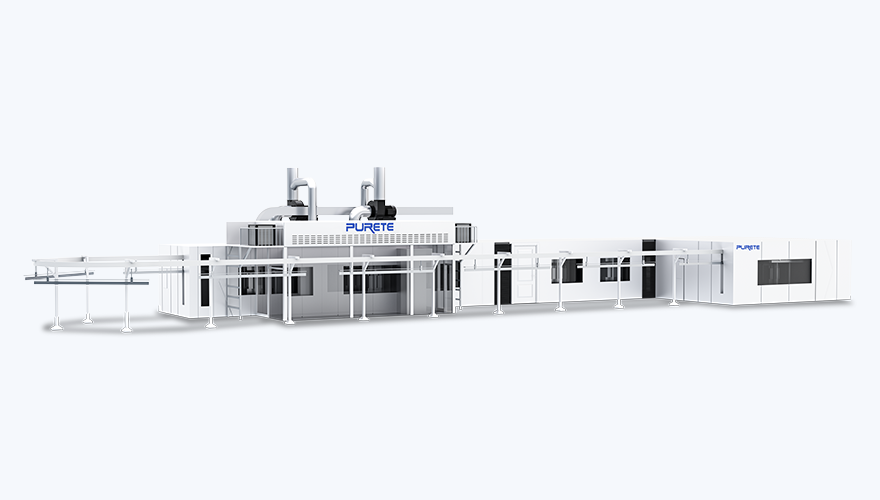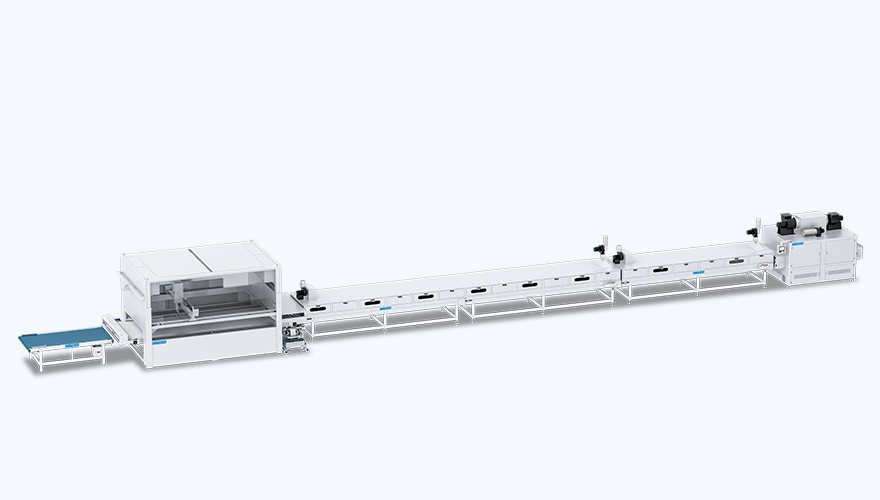Automatic Spray Painting Machine System for Industrial Applications
 November 25, 2024
November 25, 2024 Hits:2042second
Hits:2042secondAutomatic spray painting machine systems have become essential in modern industrial processes, offering precision, efficiency, and cost savings. These systems automate the painting process, ensuring consistent quality while reducing labor costs. In this guide, we explore key features, applications, selection tips, and future trends for industrial automatic spray painting systems.
What is an Automatic Spray Painting Machine System?
An automatic spray painting system is a highly engineered solution designed to automate the application of paint or coatings on various surfaces. These systems improve productivity, reduce errors, and maintain consistent finishes across products.
Key Components
Robotic Arms or Spray Machines: Ensure precise and repeatable coating application.
Conveyor Systems: Move products efficiently through the painting line.
Control Units: Allow programming of spray patterns, speed, and coating types.
Spray Nozzles: Deliver coatings evenly, reducing material waste.
Types of Coatings
These systems can handle water-based, solvent-based, or powder coatings, depending on industry requirements. Selecting the correct coating type ensures durability and performance of the finished product.
Key Features of Automatic Spray Painting Systems
High Precision
Automated control ensures uniform coating thickness, minimizing material waste and improving product quality.
Customizability
Advanced software enables operators to program different spray patterns, speeds, and coating types, adapting the system for multiple applications.
Speed and Efficiency
Automation reduces production time significantly, while maintaining consistent finishes across all units.
Eco-Friendly Options
Many systems are designed to minimize overspray and VOC emissions, supporting environmental sustainability.
Adaptability
These systems are suitable for metals, plastics, wood, and glass, providing versatility across industries.
Applications in Industrial Settings
Automotive Industry
Painting car bodies, bumpers, and components with high precision.
Applying protective coatings such as anti-corrosion layers.
Consumer Electronics
Coating smartphone, laptop, and appliance casings for durability and aesthetics.
Furniture Manufacturing
Uniform finishes on wooden and metal furniture, enhancing visual appeal.
Aerospace Industry
Coating aircraft components for corrosion resistance and improved aerodynamics.
Metalworking and Construction
Applying protective layers on machinery parts, pipelines, and structural components.
Glass and Ceramics
Decorative and protective coatings for glassware and ceramic products.
Advantages of Automatic Spray Painting Systems
Enhanced Quality Control
Automation minimizes human error and ensures consistent surface finishes.
Increased Productivity
Continuous operation accelerates production cycles.
Cost Efficiency
Reduces labor costs and material waste, improving ROI.
Improved Safety
Limits human exposure to toxic fumes and hazardous environments.
Environmentally Friendly
Efficient material usage lowers environmental impact and supports sustainability initiatives.
How to Choose the Right System
When selecting an automatic spray painting system, consider the following factors:
Material Compatibility
Ensure the system supports the paints and surfaces used in your industry.
Automation Level
Decide between semi-automatic and fully automatic systems based on production volume and complexity.
Customizability
Select systems that allow programming for various spray patterns and product types.
Maintenance Requirements
Opt for systems with easy-to-maintain components to minimize downtime.
Environmental Compliance
Choose systems that reduce VOC emissions and material waste, meeting environmental regulations.
Future Trends in Automatic Spray Painting Systems
Integration with Industry 4.0
Smart systems with IoT and AI capabilities enable real-time monitoring, predictive maintenance, and performance analytics.
Eco-Friendly Innovations
Increased use of water-based coatings and sustainable technologies to reduce environmental impact.
Advanced Robotics
Robotic arms are becoming capable of intricate and complex painting tasks, improving precision and flexibility.
Compact and Modular Designs
Space-saving systems can be easily integrated into existing production lines, offering scalability and efficiency.
Conclusion
Automatic spray painting machine systems are transforming industrial production by delivering consistent quality, reducing costs, and increasing efficiency. Businesses investing in reliable and innovative spray painting solutions gain a competitive advantage across industries like automotive, electronics, aerospace, and furniture manufacturing.
Whether upgrading existing lines or setting up new production facilities, these systems offer scalable, eco-friendly, and cost-effective solutions for modern industrial coating needs.
